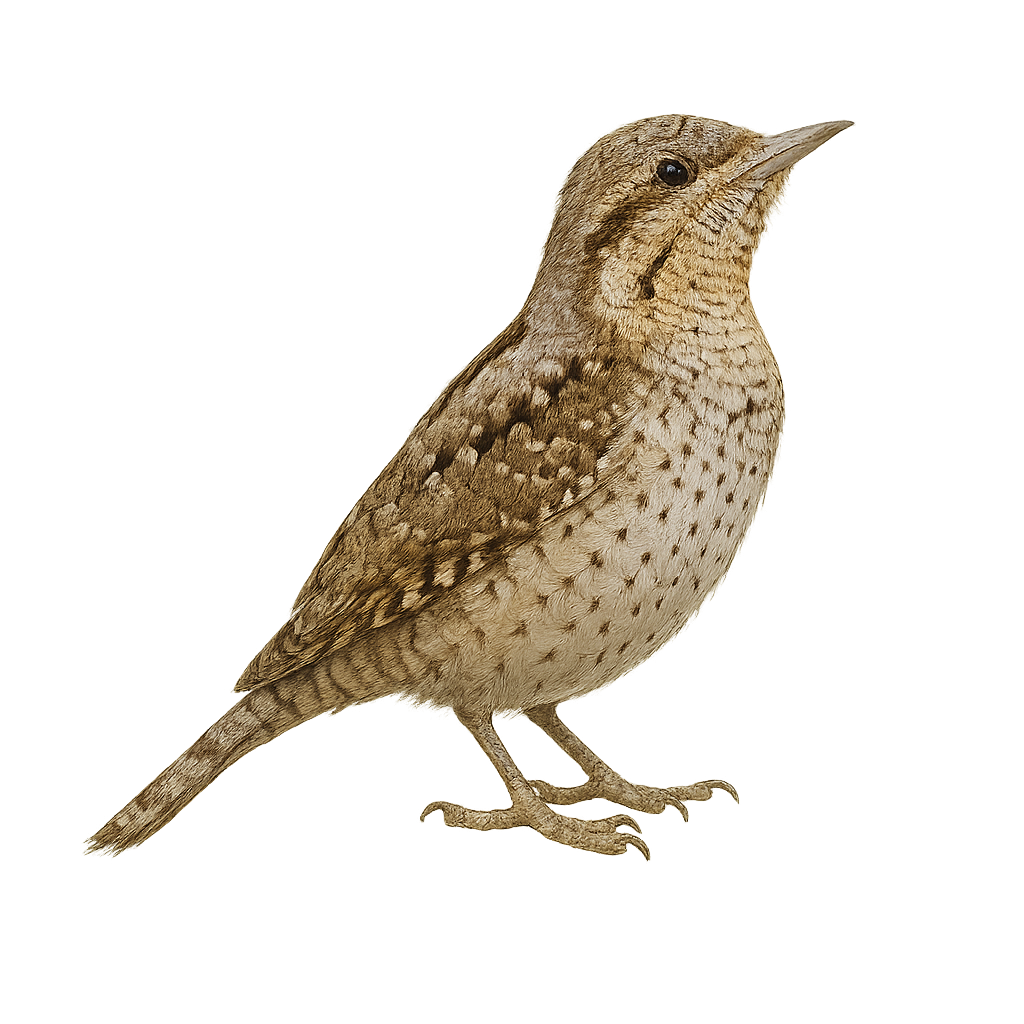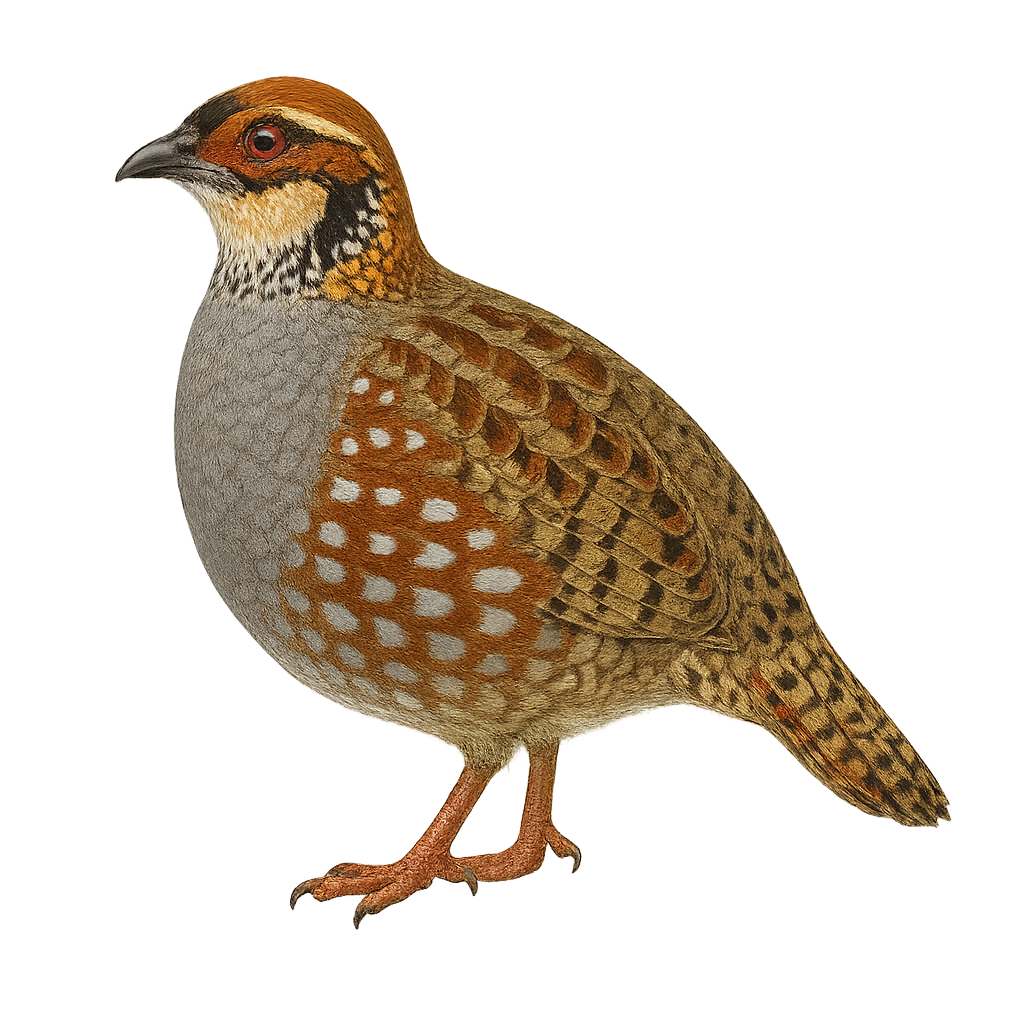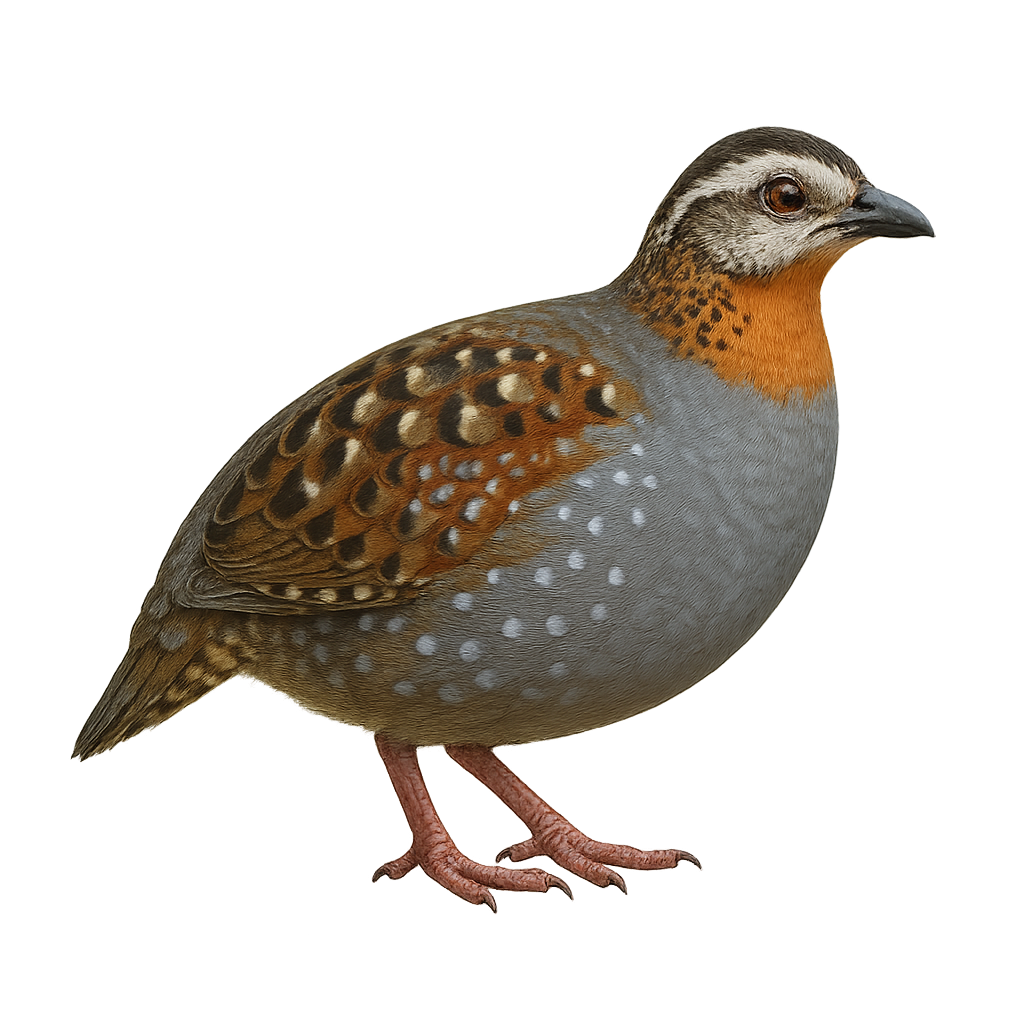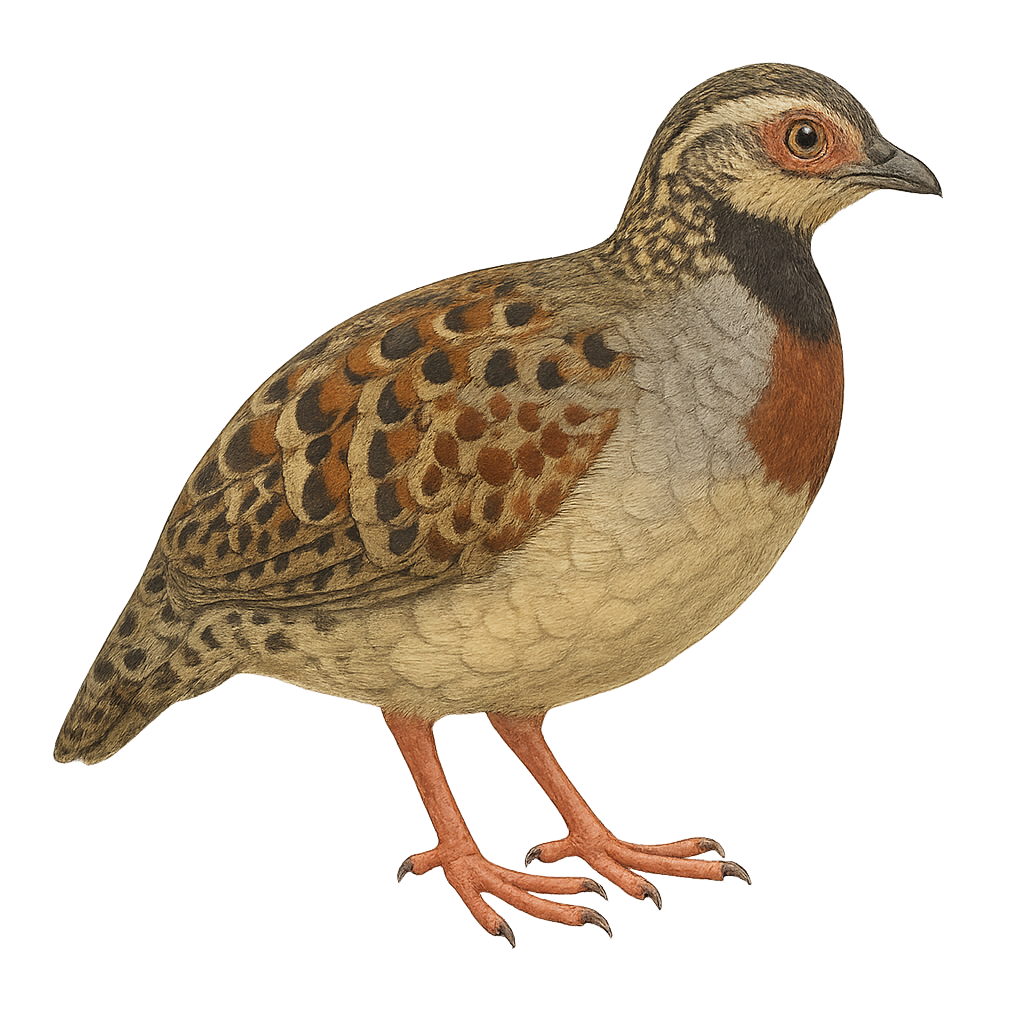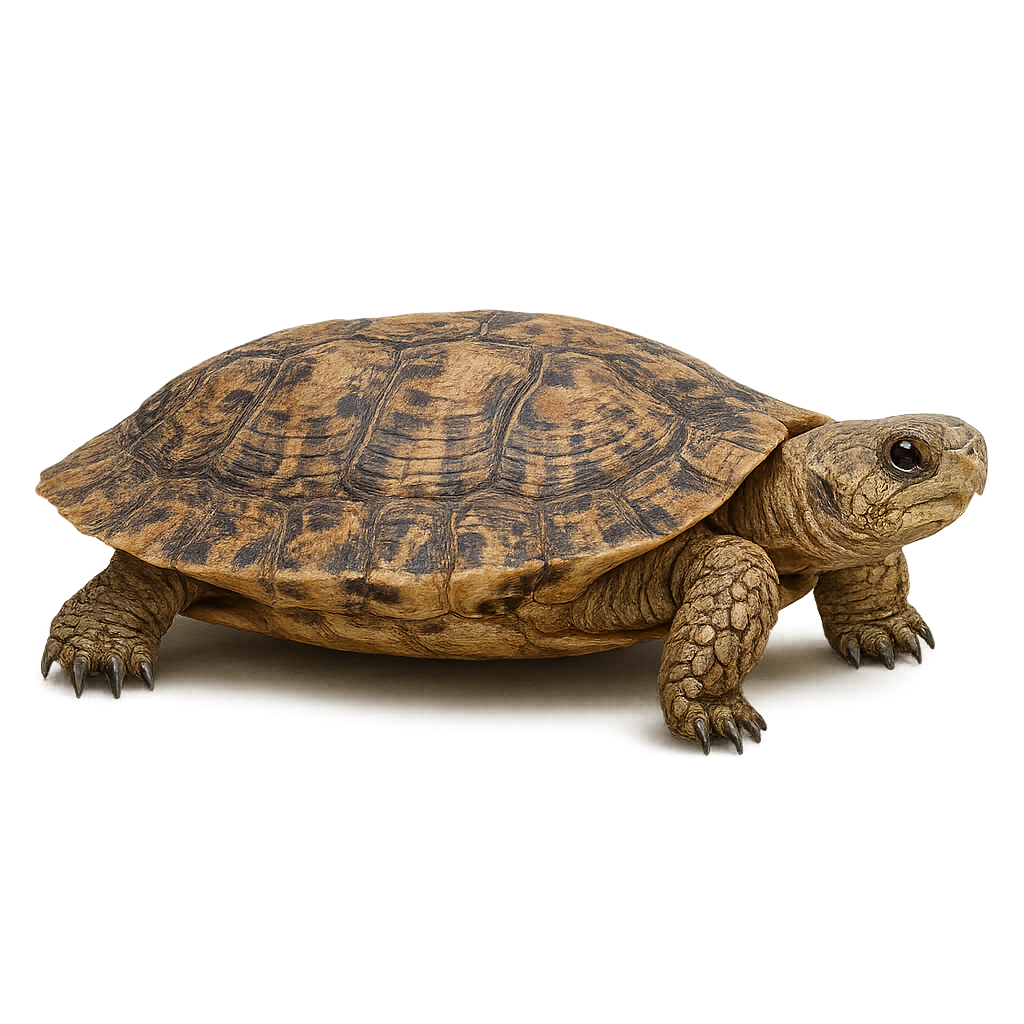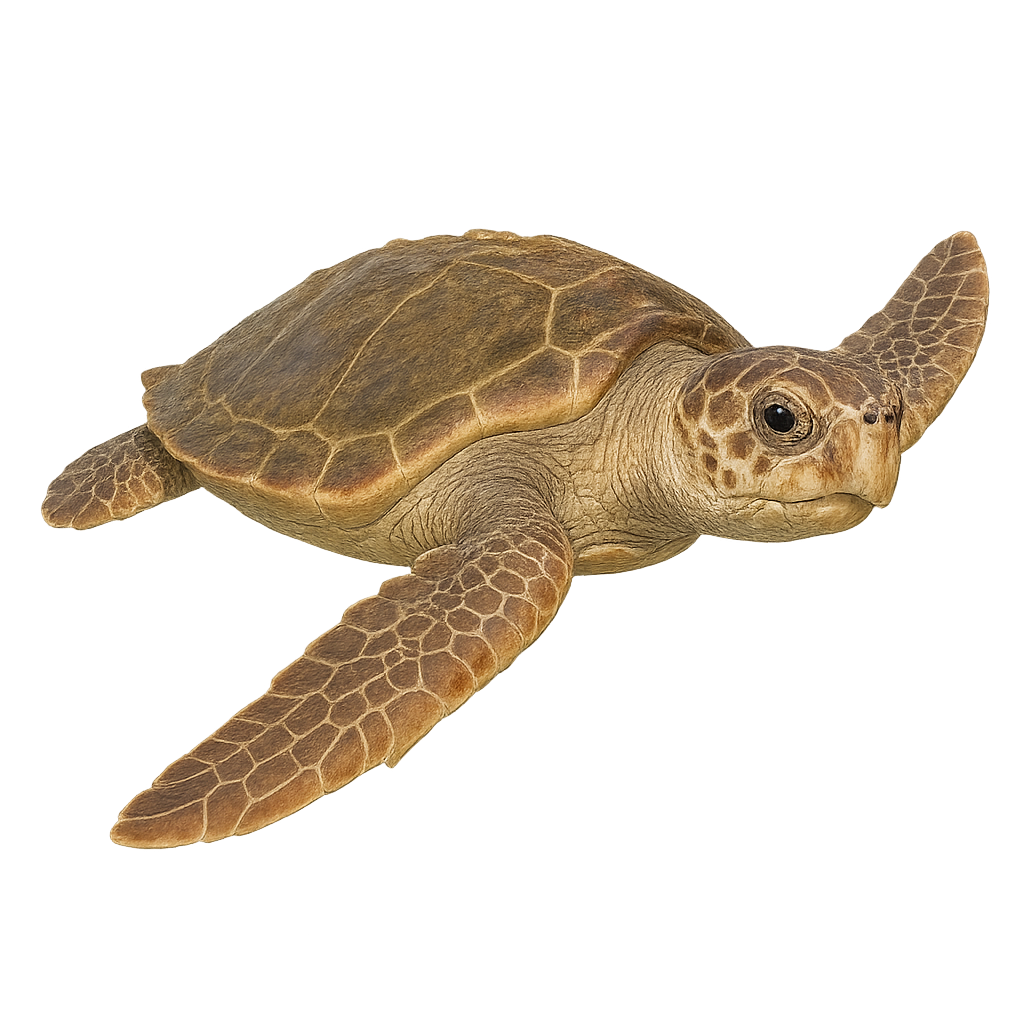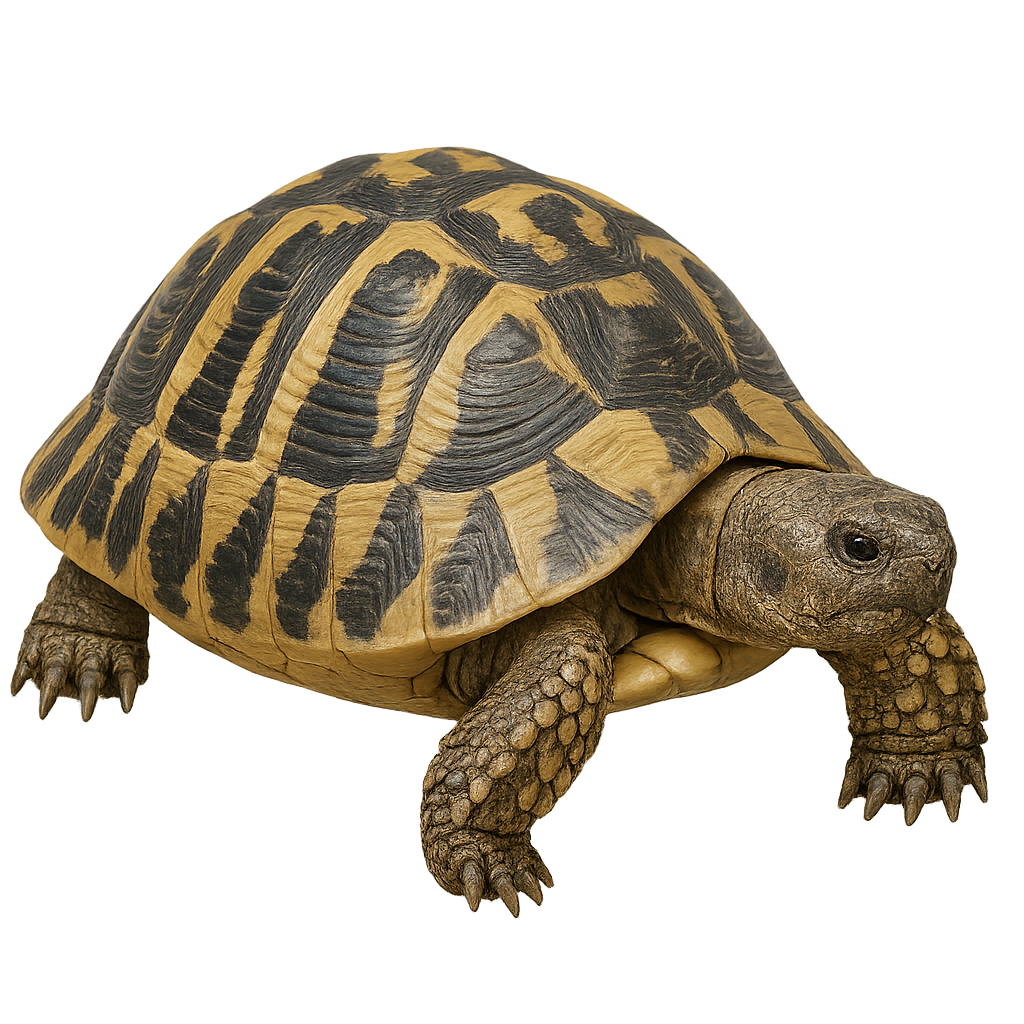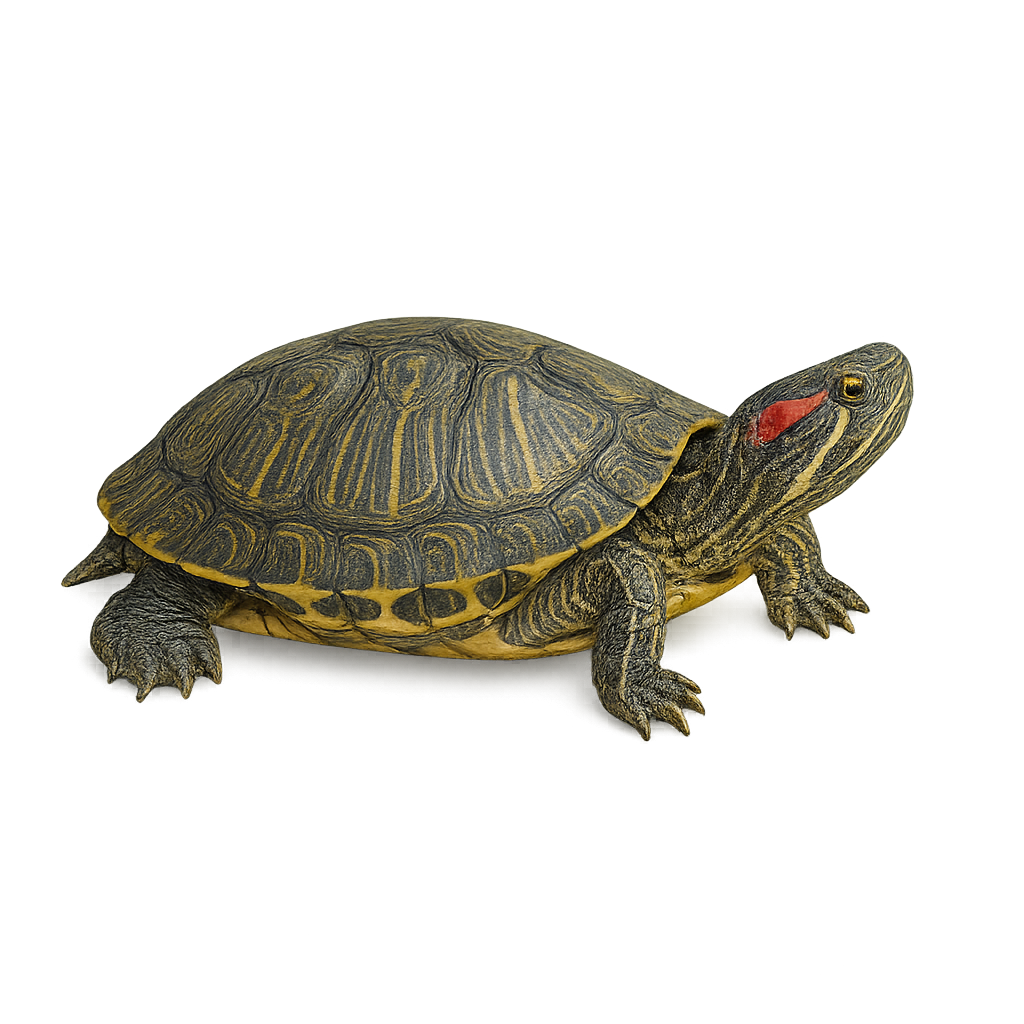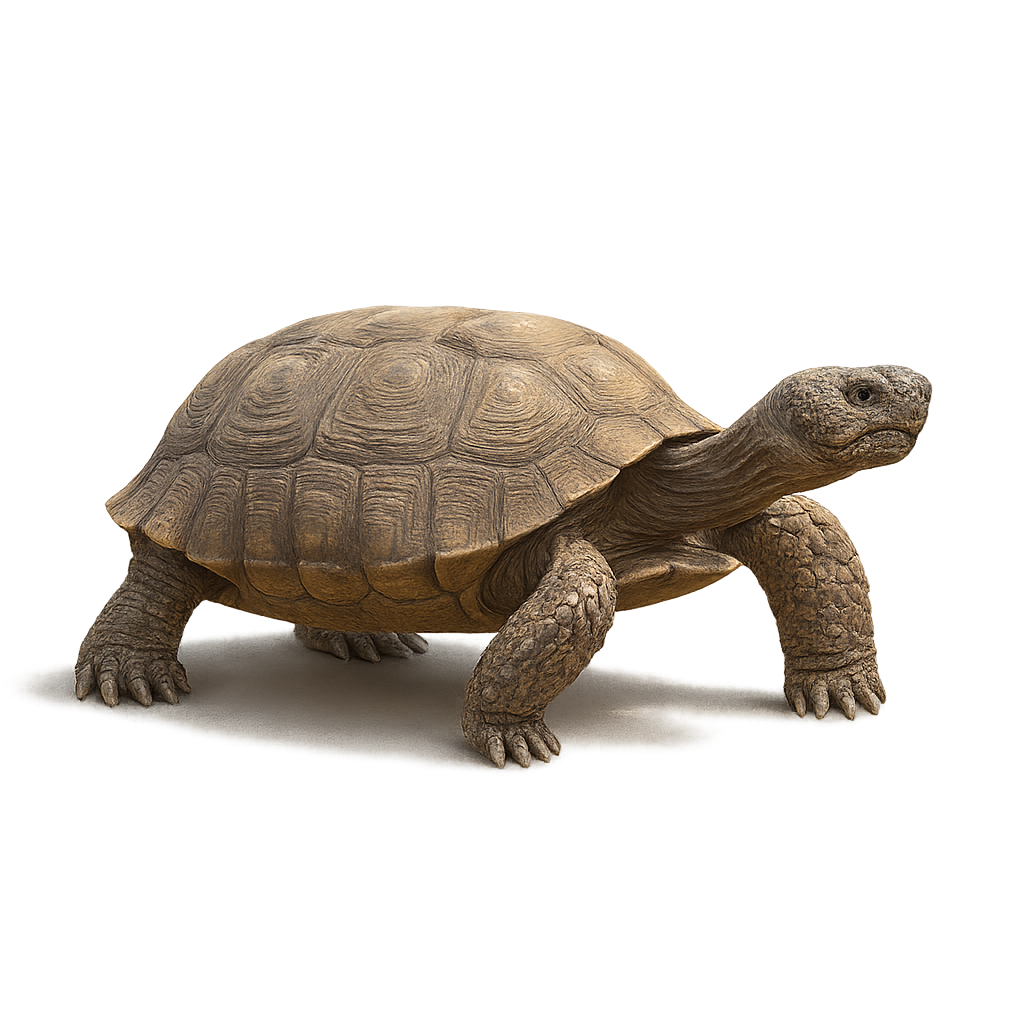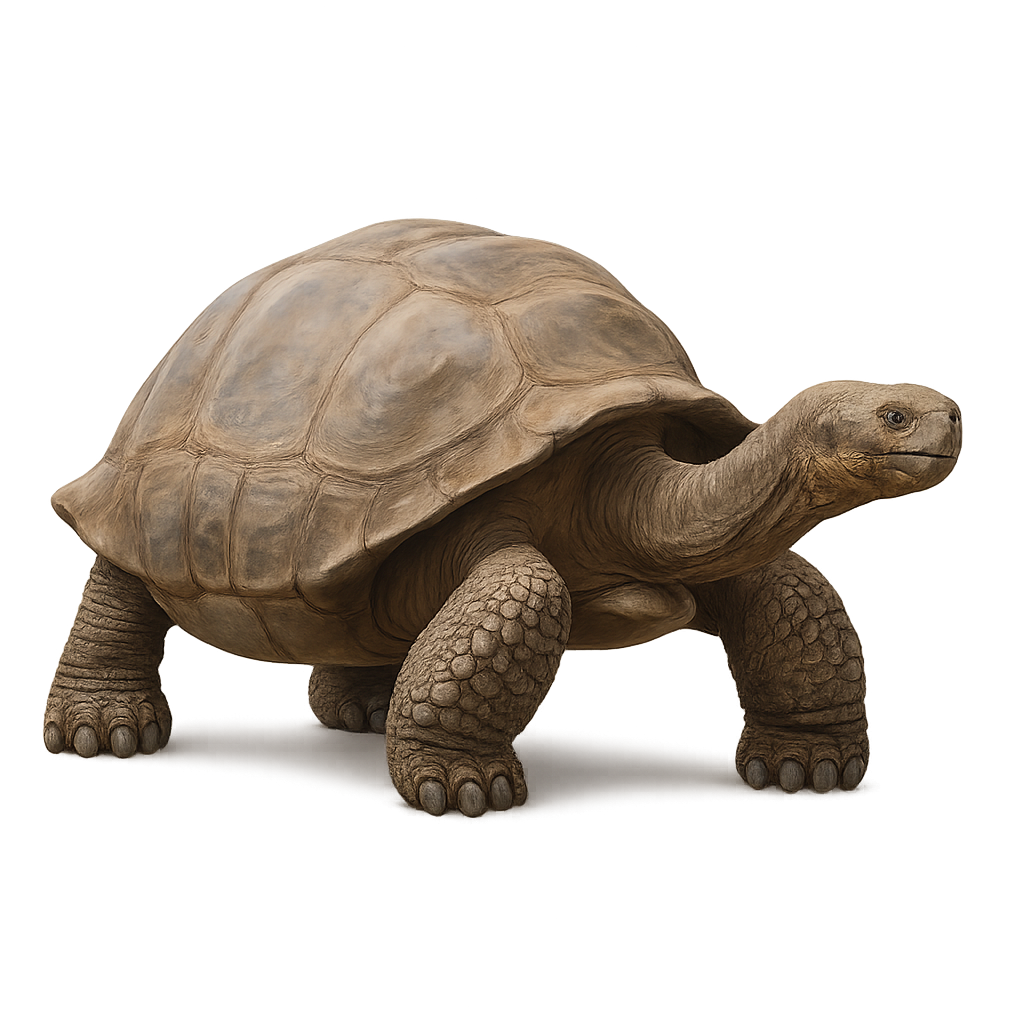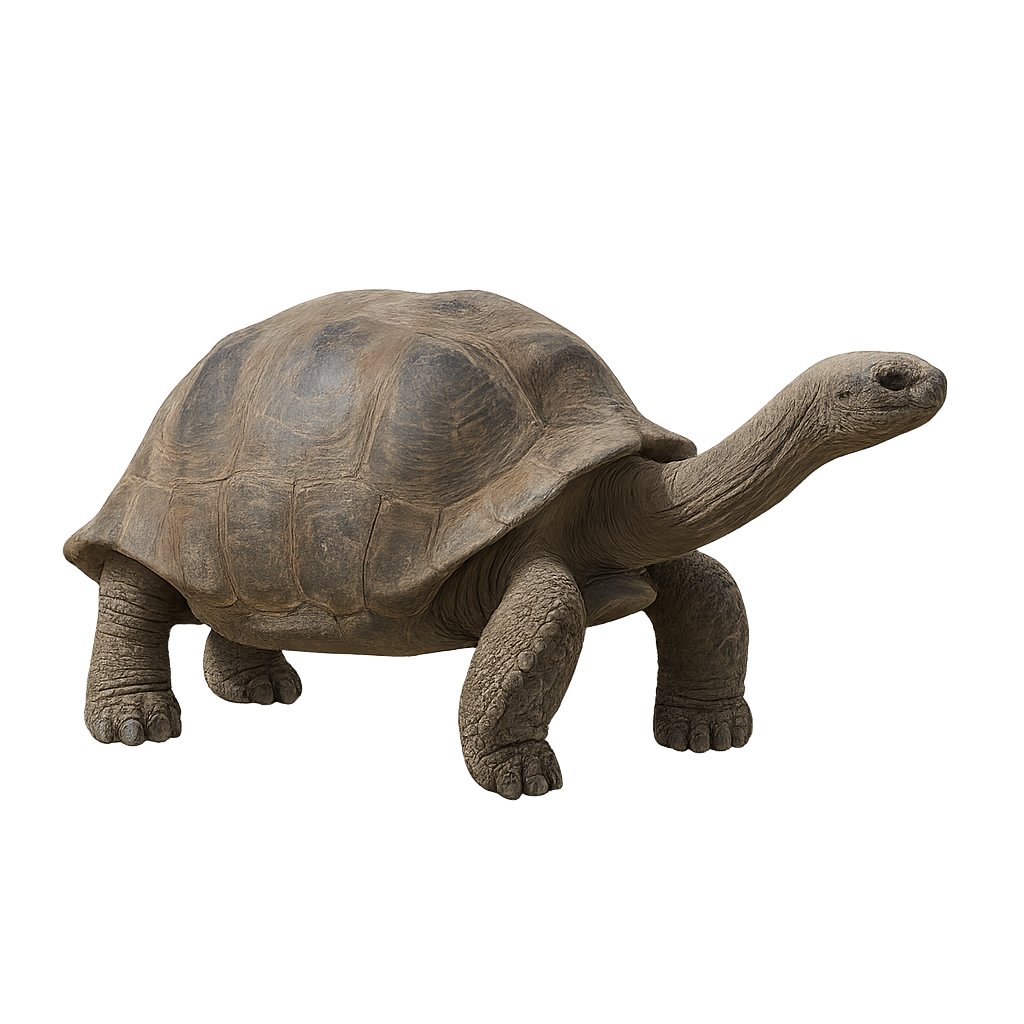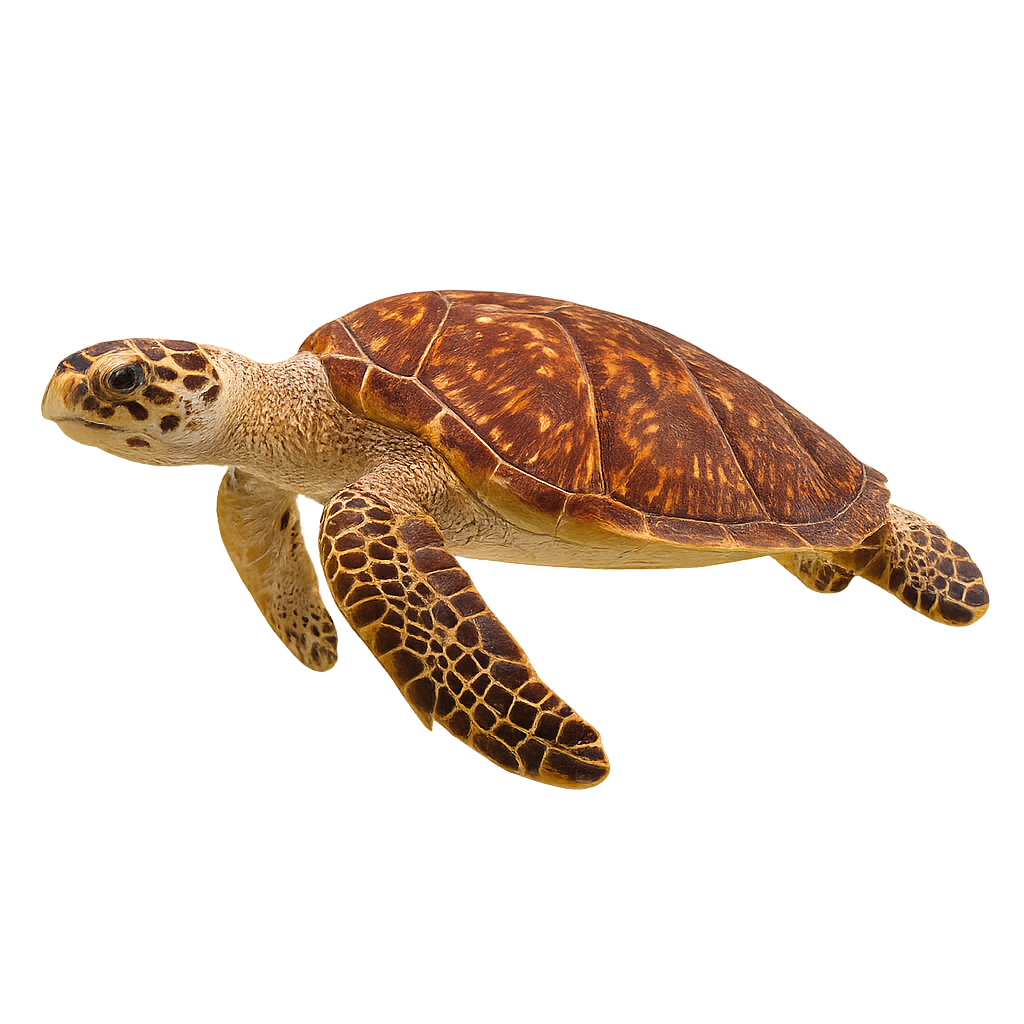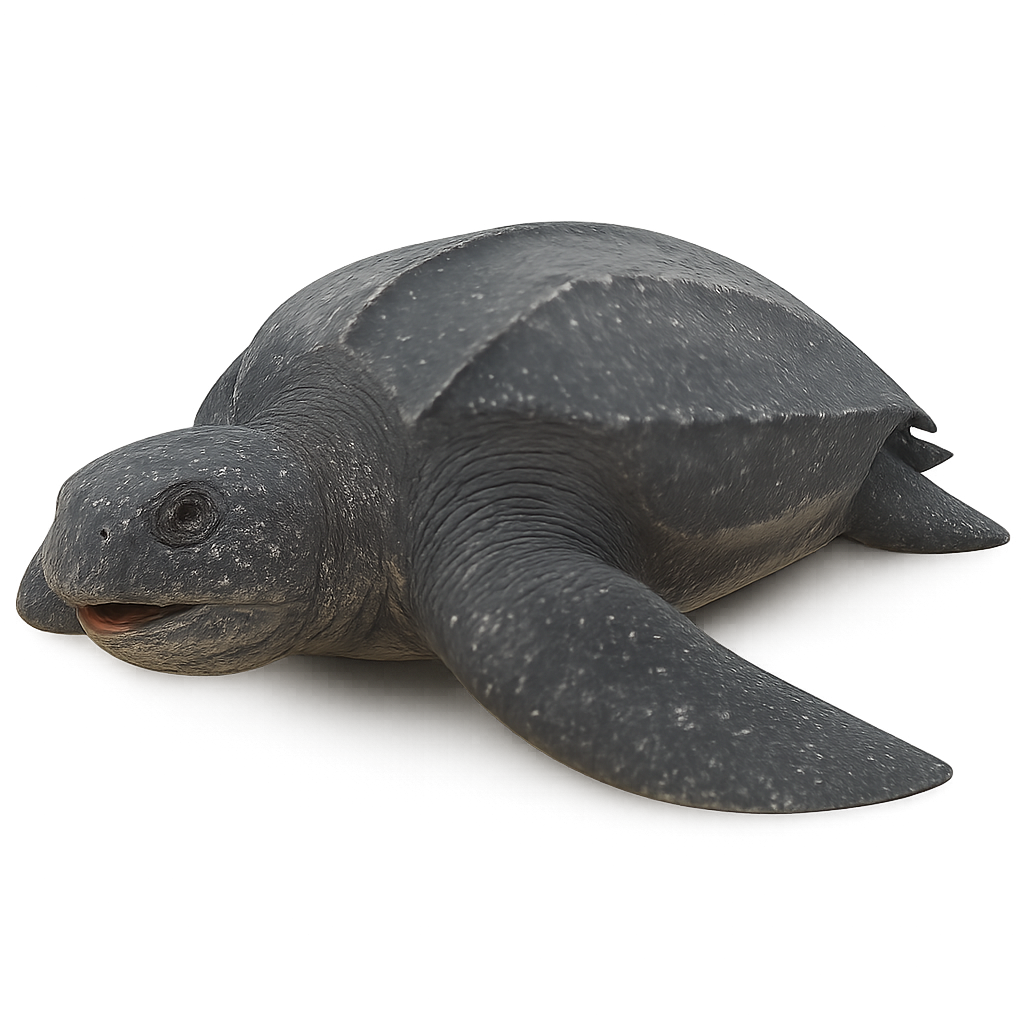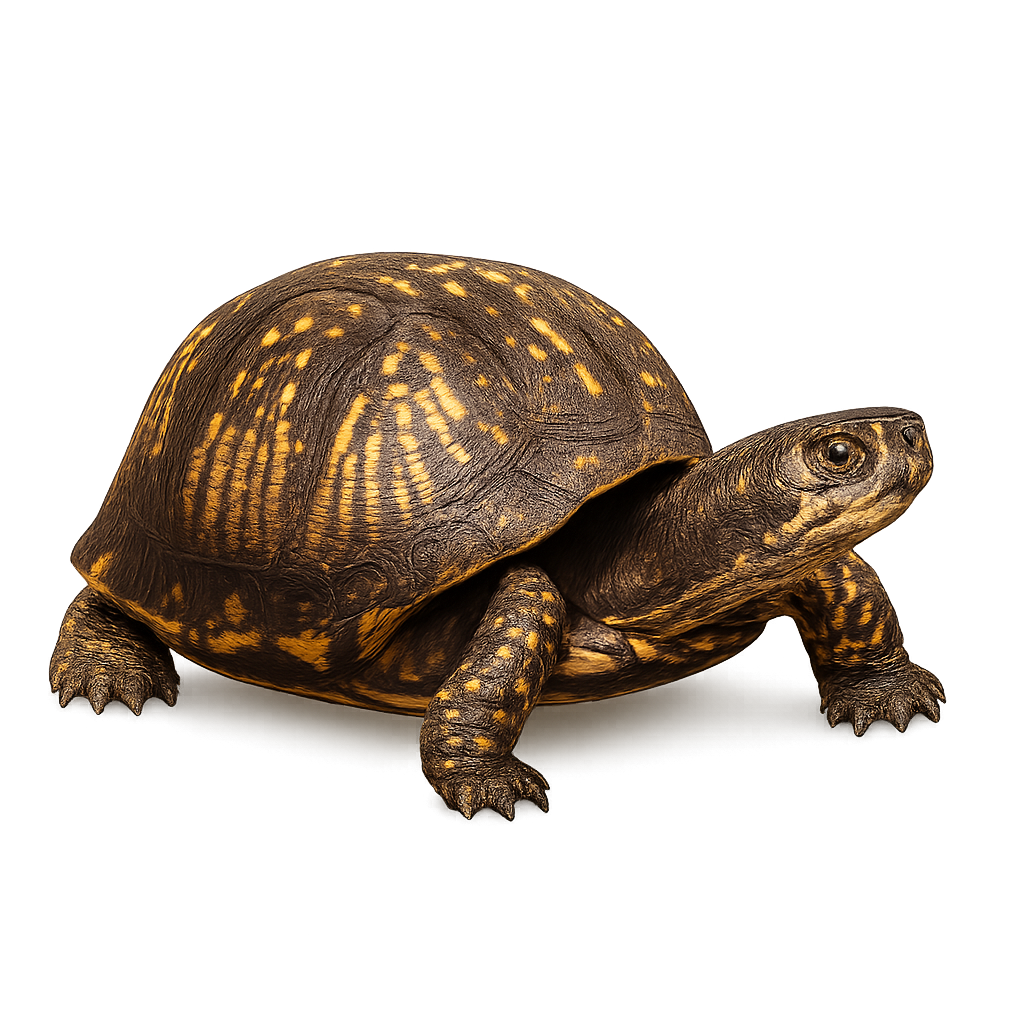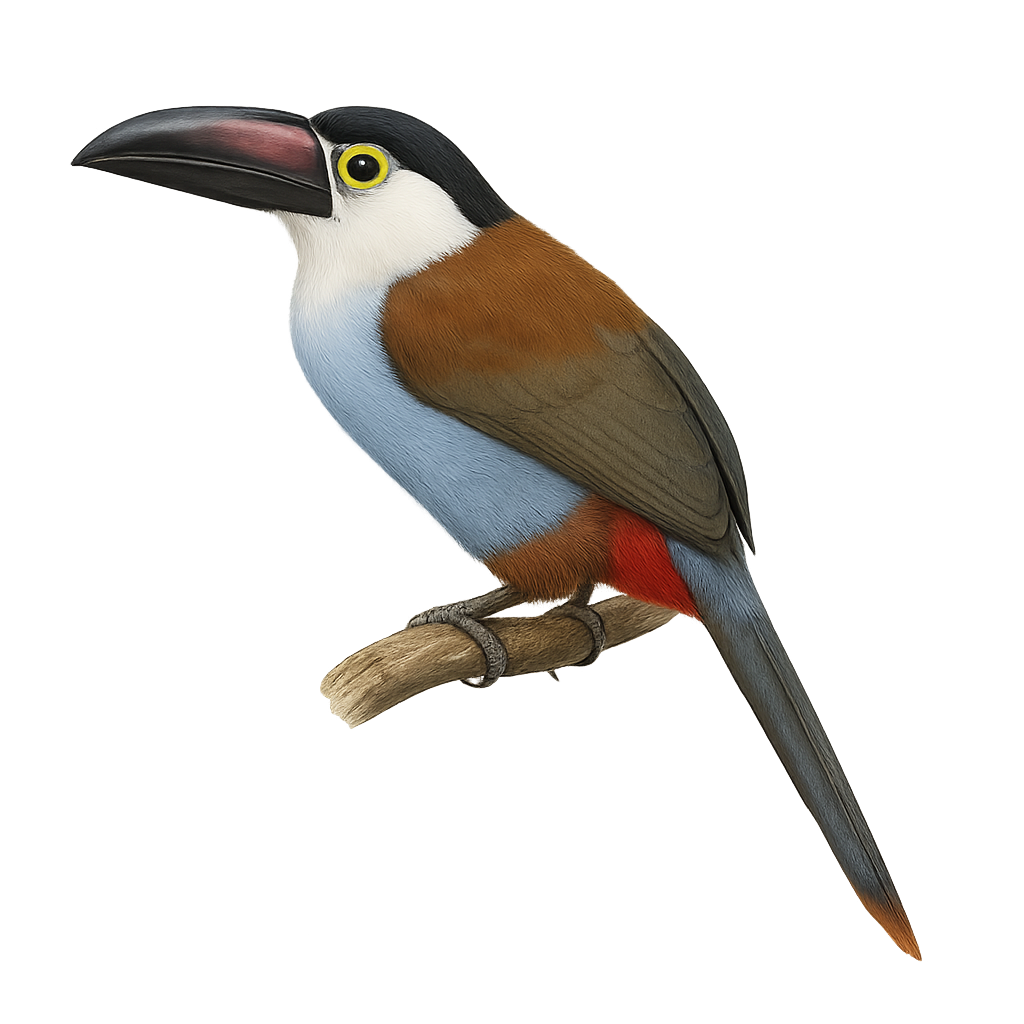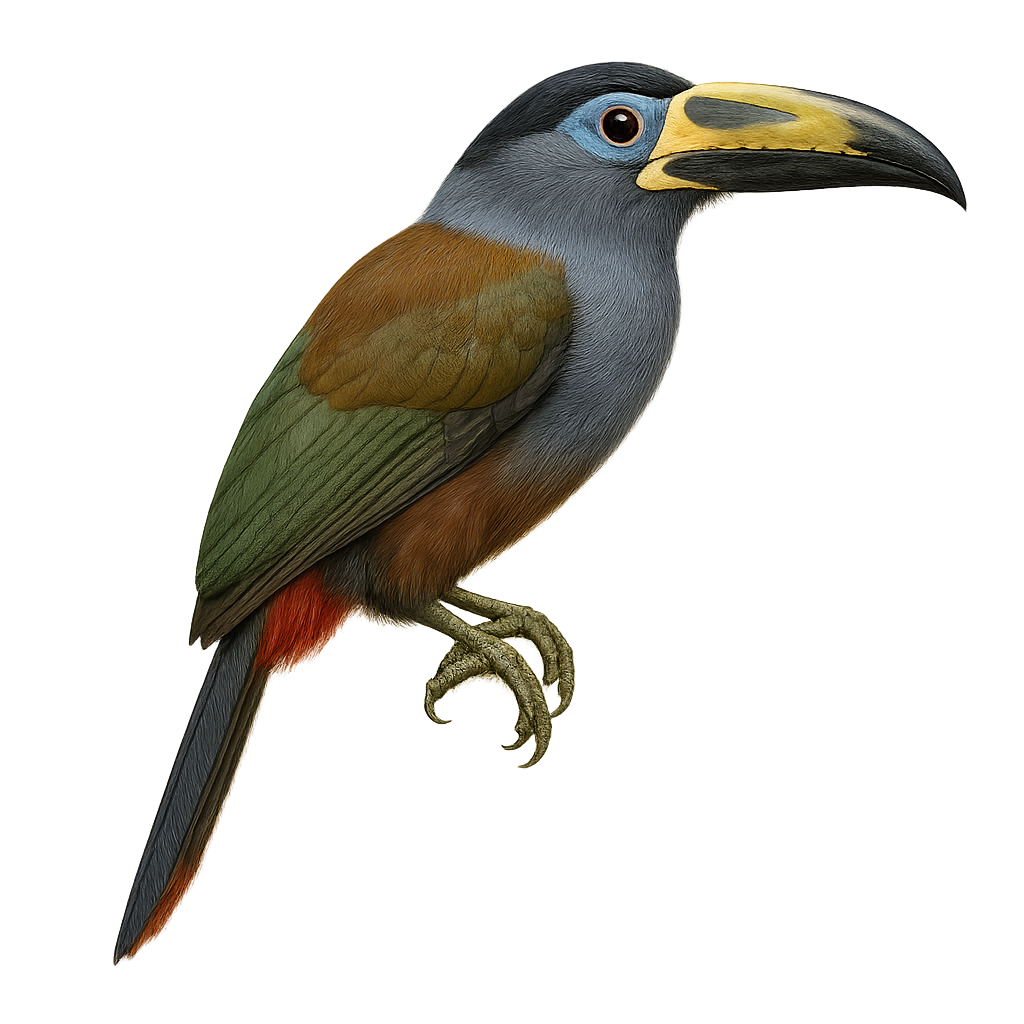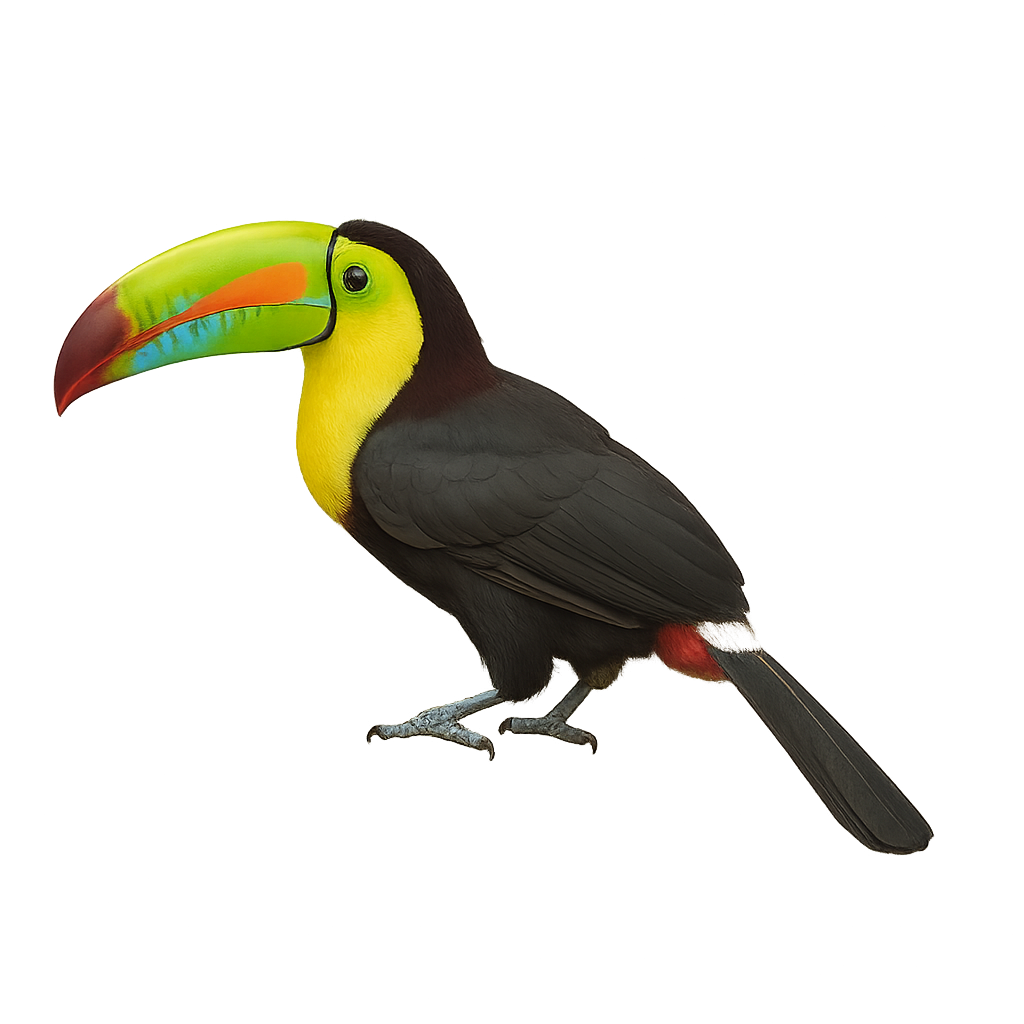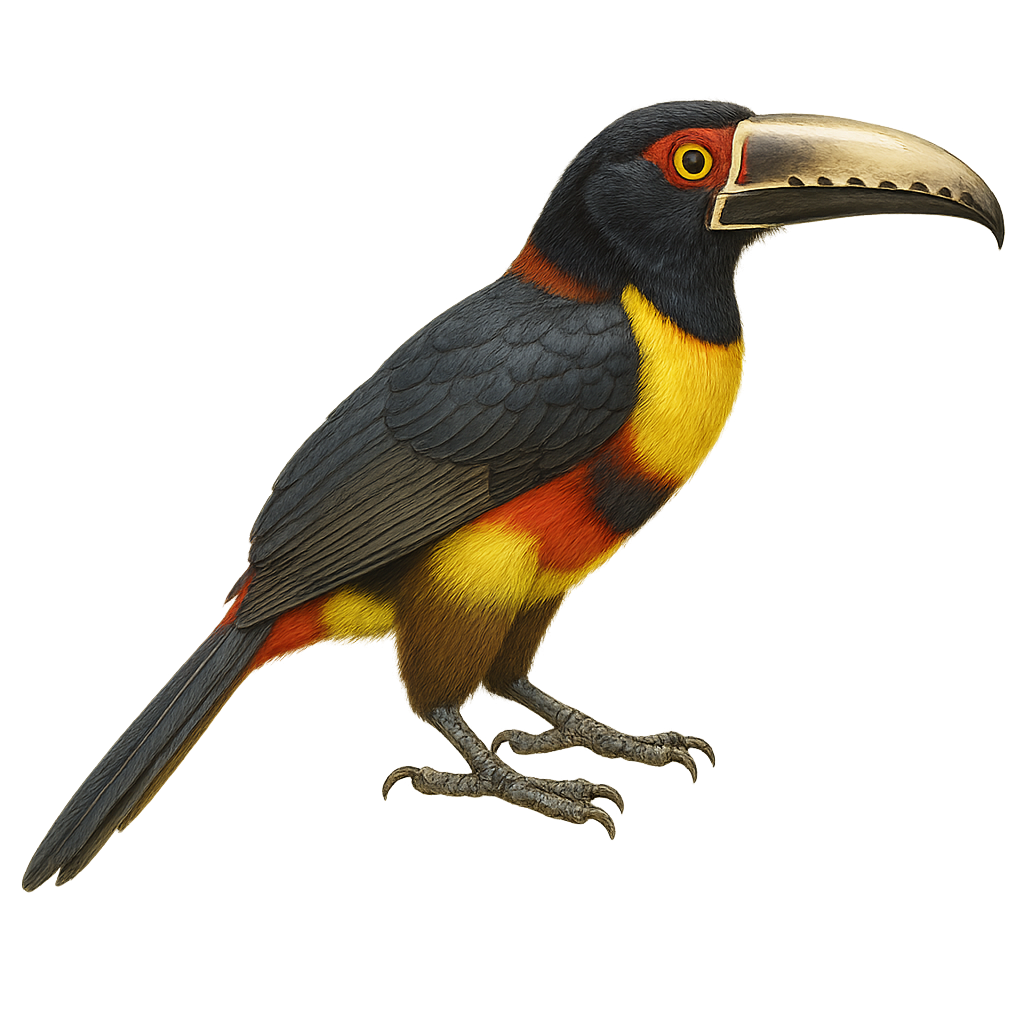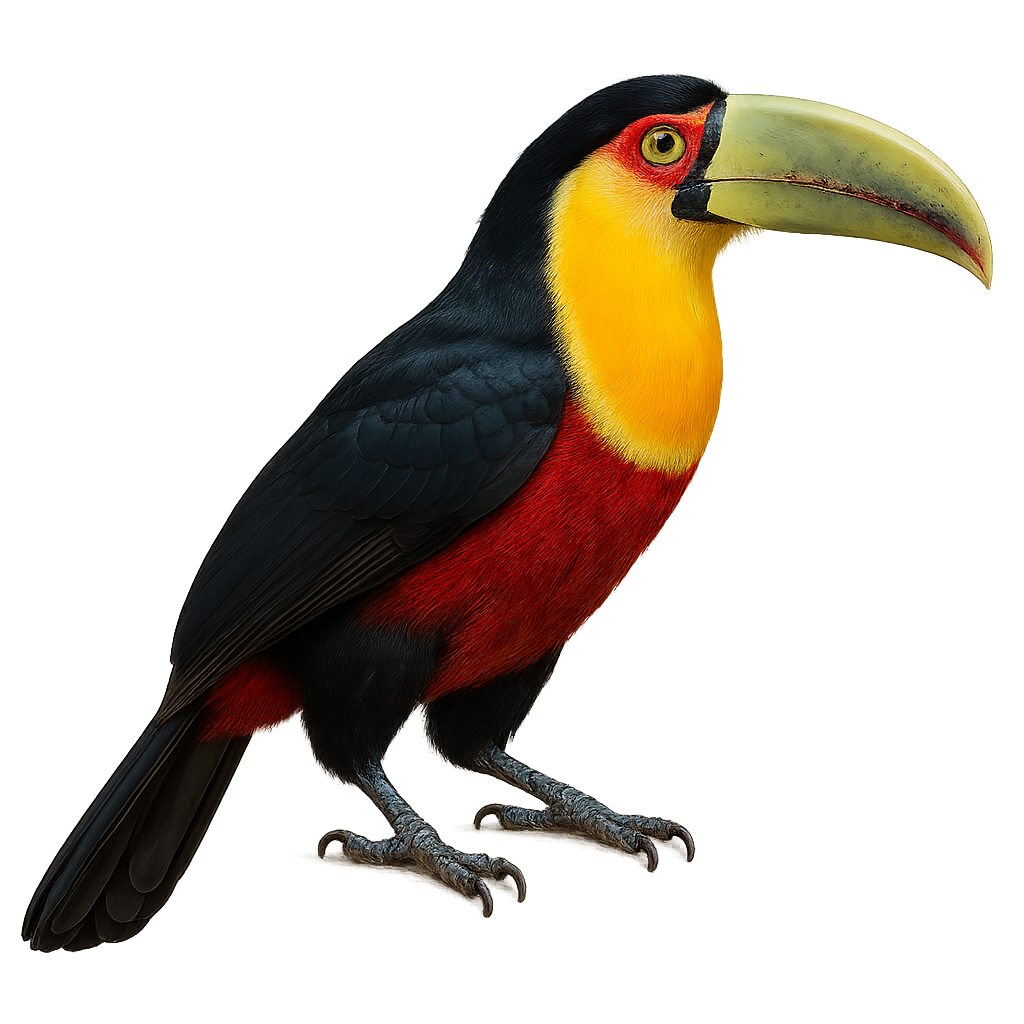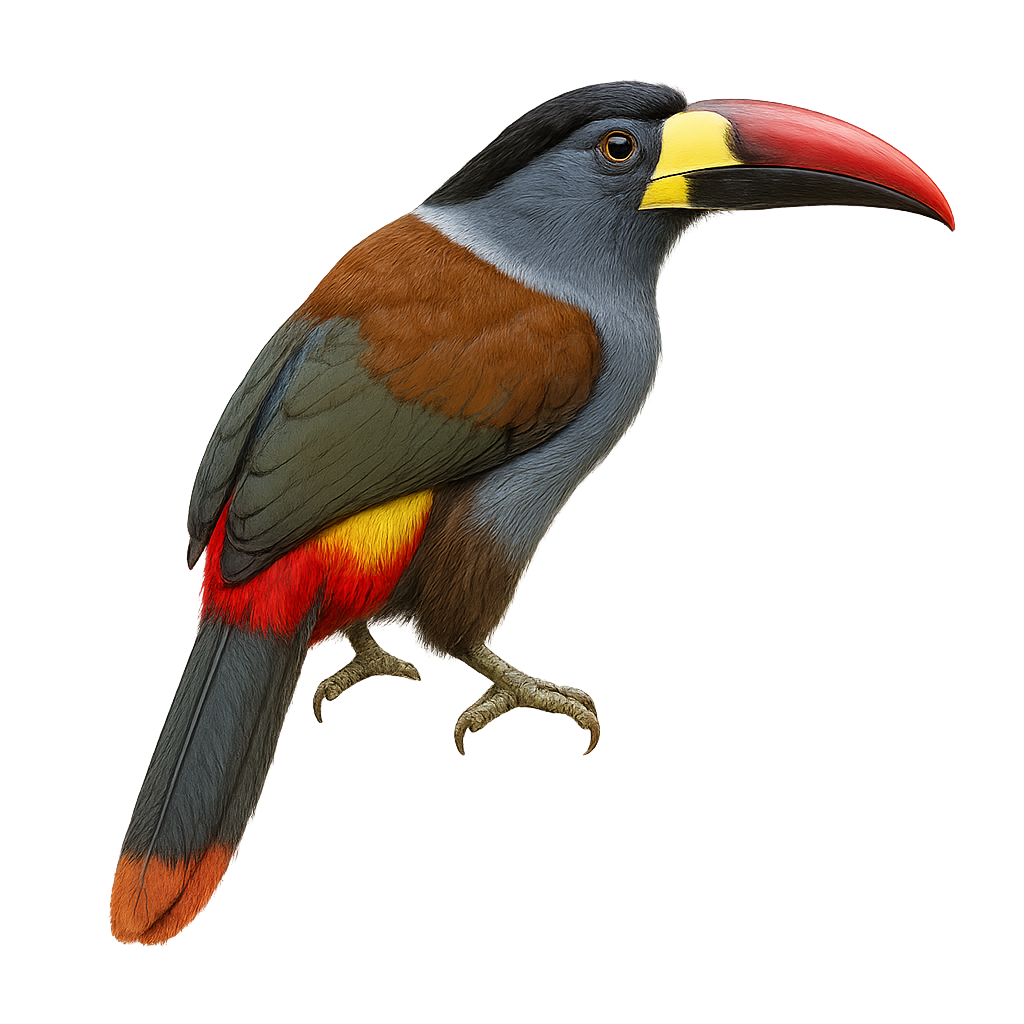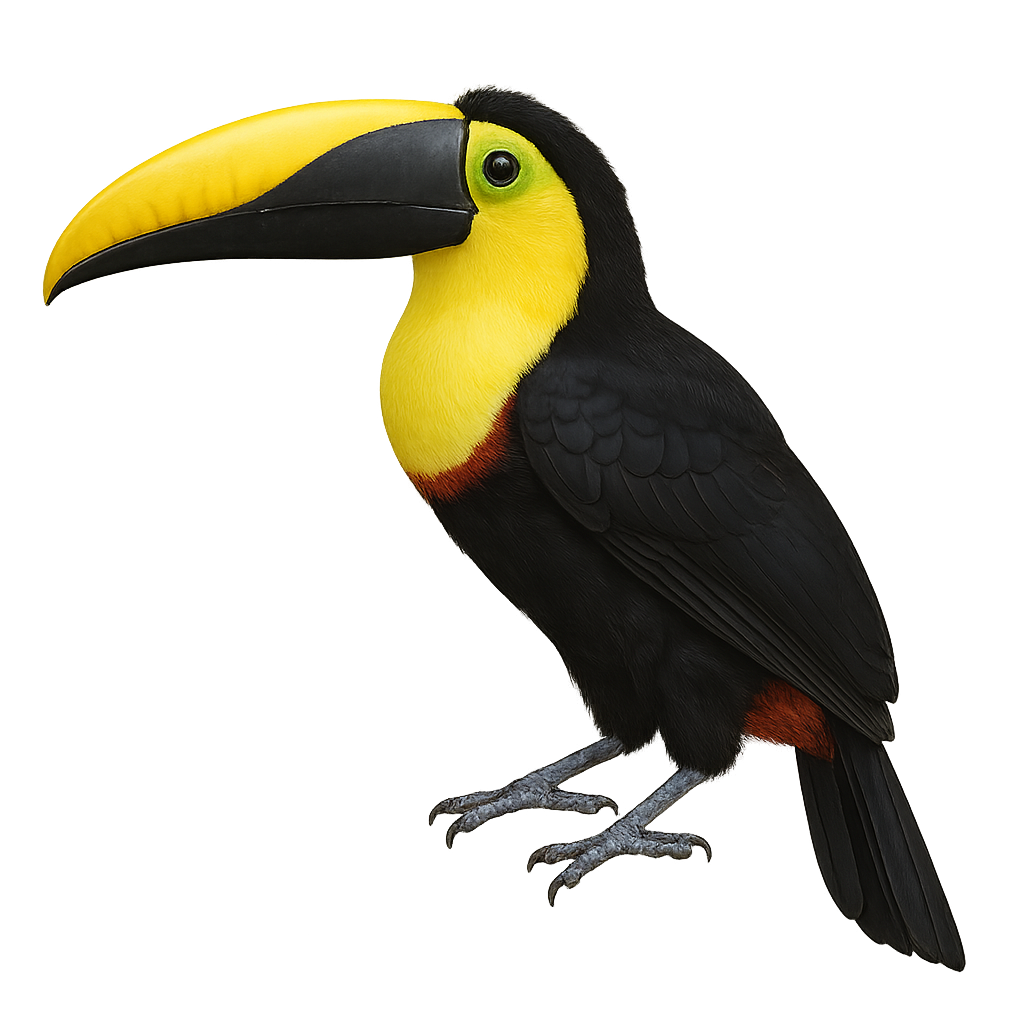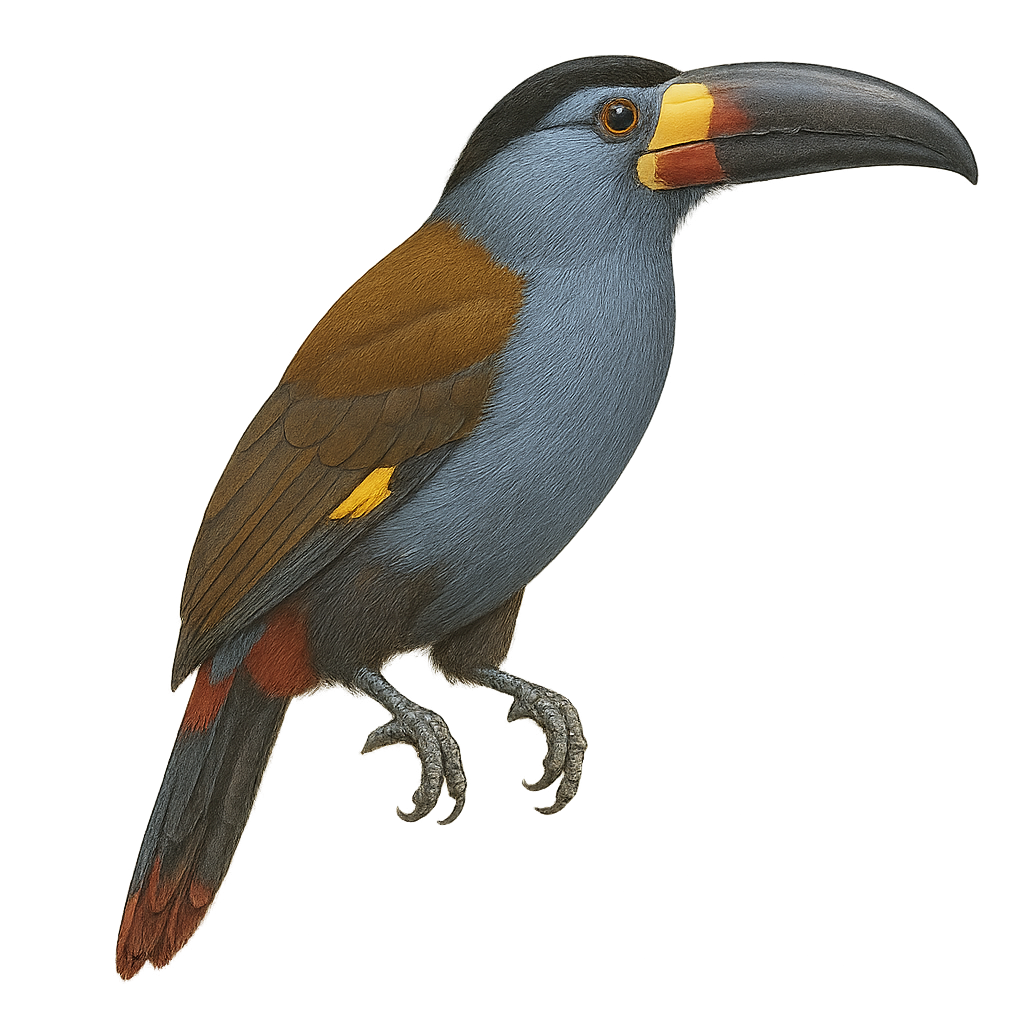The Eurasian Wryneck is a small bird of the woodpecker family, primarily found in open forests and clearings across Europe, especially in France, Spain, Italy, and Russia. It typically measures about 22 cm in length and weighs between 50 and 60 g. Its plumage is mainly brown, with dark spot-like patterns on the back and wings, and a light-colored throat. The Eurasian Wryneck feeds primarily on ants and other insects that it finds on tree trunks or branches. It is often observed pecking at tree bark in search of food. While its population is generally stable, the Eurasian Wryneck is sometimes threatened by habitat loss due to deforestation and changes in agriculture.
The Collared Partridge, Arborophila torqueola, is a bird from the Phasianidae family, primarily found in the dense, humid forests of South Asia. It is characterized by its reddish-brown plumage and distinctive white collar around the neck. This elusive bird prefers shaded undergrowth where it feeds on seeds, insects, and small invertebrates. Although often difficult to spot due to its shy behavior, its melodious call sometimes reveals its presence. The Collared Partridge is monogamous and forms stable pairs. The breeding season varies by region but is generally observed in spring.
The Rufous-throated Partridge, Arborophila rufogularis, is a medium-sized bird belonging to the Phasianidae family. It is primarily found in the dense, humid forests of Southeast Asia, particularly in India, Bhutan, and Myanmar. This bird is distinguished by its reddish throat and brown plumage with delicate patterns. It is often observed in small groups, feeding on seeds, insects, and small invertebrates. Although generally discreet, its melodious song can be heard throughout the forest. The Rufous-throated Partridge is a wary bird, preferring to stay hidden among the undergrowth. Its conservation is concerning due to habitat loss and hunting.
The Chinese Bamboo Partridge, Arborophila gingica, is a bird species belonging to the Phasianidae family. It is primarily found in the bamboo forests and dense undergrowth of southeastern China. Medium-sized, it measures about 30 cm in length and features brown plumage with distinctive patterns on its head and neck. Its call is a key part of its communication, often heard at dusk. Though discreet, it is sometimes observed in small groups. Its diet mainly consists of seeds, insects, and small invertebrates. This species is currently classified as "Least Concern" by the IUCN but is threatened by the loss of its natural habitat.
The pancake tortoise, or Malacochersus tornieri, is a fascinating species of terrestrial tortoise native to East Africa, primarily in Tanzania and Kenya. It is distinguished by its exceptionally flat and flexible shell, which allows it to slip into rocky crevices to protect itself from predators. This unique adaptation is essential for its survival in the arid and rocky habitats it frequents. Typically measuring between 15 and 18 cm in length, this tortoise has a brownish coloration with irregular patterns that provide excellent camouflage. It is primarily herbivorous, feeding on various succulent plants and dry vegetation. Unfortunately, the pancake tortoise is threatened by habitat destruction and the illegal pet trade, leading to its classification as a vulnerable species by the IUCN.
The red-footed tortoise (Chelonoidis carbonaria) is a medium-sized terrestrial reptile (carapace up to 35 cm) with a dark, rounded shell accented by rust-colored patches on each scute. Native to dry forests, savannas and grasslands in tropical South America, it feeds on fruits, leaves, fungi, and invertebrates, occasionally scavenging carrion. Gregarious by nature, it forms small family groups and communicates via ground vibrations. Breeding occurs during the rainy season (June 1–September 30); females bury 2–15 eggs in shallow burrows. Hatchlings emerge after 117–158 days, typically between October and February.
The loggerhead sea turtle is a large marine turtle in the family Cheloniidae, reaching up to 95 cm in shell length and weighing up to 135 kg. It inhabits temperate and subtropical coastal waters, feeding mainly on crustaceans, molluscs, and jellyfish. During the nesting season, females return to beaches to lay eggs in nests dug in the sand.
The Hermann’s tortoise is a Mediterranean terrestrial tortoise, 15–20 cm long, with a yellowish carapace patterned with black markings. Endemic to the shrublands and garigues of southern Europe, it also inhabits open woodlands and rocky grasslands, feeding on leaves, flowers, and small fruits. During breeding (May–June), males engage in head-bobbing displays and scrape the soil before nesting.
The Trachemys scripta, commonly known as the red-eared slider, is a popular species of aquatic turtle in the pet trade. It is easily recognizable by its distinctive red markings behind the eyes. This turtle is native to the United States but has been introduced to many countries, where it can become invasive. It prefers aquatic habitats such as ponds, lakes, and rivers with abundant vegetation. The red-eared slider is omnivorous, feeding on aquatic plants, insects, and small fish. It is known for its ability to adapt to various environments, contributing to its popularity in captivity. However, it requires proper care to thrive.
The desert tortoise, Gopherus agassizii, is an iconic species of the arid regions of the southwestern United States and northern Mexico. Well adapted to its dry environment, it spends up to 95% of its time in burrows to protect itself from extreme heat and conserve moisture. Its shell, which can reach 15 inches in length, is brownish, allowing it to blend into the desert landscape. As a herbivore, it primarily feeds on grasses, wildflowers, and cacti. The desert tortoise plays a crucial role in its ecosystem, with its burrows providing shelter for many other species. Unfortunately, it is threatened by habitat loss, disease, and vehicle collisions.
The Galápagos tortoise is an iconic species of the Galápagos Islands, famous for its massive size, reaching sometimes more than 1.5 meters in length. These tortoises primarily live on the volcanic islands of the archipelago, feeding on vegetation, cactus, and fallen fruits. It is a solitary species that can live for over 100 years. While not immediately endangered, it remains threatened by the introduction of non-native species and the destruction of its natural habitat.
The Aldabra giant tortoise, scientifically known as Aldabrachelys gigantea, is one of the largest land tortoises in the world. Native to the Aldabra Atoll in the Seychelles, it can weigh up to 250 kg and measure over a meter in length. Its domed shell and sturdy legs allow it to move slowly but steadily across its island habitat. As a herbivore, it primarily feeds on grasses, leaves, and fruits. This tortoise is a symbol of longevity, often living over 100 years. Although protected, it remains vulnerable to threats such as habitat loss and climate change.
The Greek tortoise is a terrestrial species of tortoise native to the Mediterranean regions, particularly Greece, Turkey, and neighboring countries. It is easily recognized by its light brown to yellow shell, often marked with black patterns. The Greek tortoise is herbivorous, feeding primarily on plants, flowers, and vegetables. It lives in dry habitats such as rocky hills and meadows, and is well adapted to a hot and dry climate. This reptile is slow and discreet, spending much of its life hidden under bushes or rocks.
The Hawksbill sea turtle is a widely recognized species of sea turtle, known for its shell's overlapping, tile-like scales, from which it gets its name. It is primarily found in the warm tropical and subtropical waters of the Atlantic, Indian, and Pacific Oceans. This marine reptile is primarily carnivorous, feeding on jellyfish, fish, and crustaceans. The Hawksbill is particularly vulnerable due to habitat loss from pollution and illegal collection of its shell. It is also threatened by illegal fishing and loss of nesting beaches.
The Leatherback Turtle is the largest of all sea turtles and one of the largest reptiles in the world. It typically measures between 2 and 2.5 meters in length, with a weight ranging from 250 to 700 kg, although some individuals can reach up to 900 kg. Its shell is usually dark in color, sometimes tinged with gray or brown, and is covered with small, tile-like plates. The Leatherback Turtle is an excellent swimmer, capable of covering long distances across oceans. It primarily feeds on jellyfish, which it catches while swimming in deep waters. Despite its impressive size, the Leatherback Turtle is critically endangered due to plastic pollution, the loss of its nesting habitats, and poaching. Its population is declining, and it is protected in many countries.
The Olive Ridley Turtle is a species of sea turtle found primarily in the warm waters of the Atlantic, Pacific, and Indian Oceans, particularly along the coasts of Central America, Mexico, India, and Southeast Asia. It typically measures between 60 and 70 cm in length and weighs between 35 and 50 kg. Its shell is olive in color, which gives it its name, and it has flippers adapted for swimming. The Olive Ridley Turtle is primarily carnivorous, feeding on jellyfish, fish, and crustaceans. It is also known for its mass nesting sites, particularly on the Pacific beaches of Costa Rica. Unfortunately, the Olive Ridley Turtle is critically endangered due to habitat loss, poaching, ocean pollution, and accidental capture in fishing nets.
The painted turtle, Chrysemys picta, is a widely distributed aquatic species in North America. It is characterized by its smooth, flat shell adorned with red, yellow, and black patterns. The edges of its shell often feature red lines, while its skin displays yellow and red stripes. Typically measuring between 10 and 25 cm, it is well adapted to aquatic environments such as ponds, lakes, and marshes. It primarily feeds on aquatic plants, insects, small fish, and crustaceans. The painted turtle is known for its sunbathing behavior, often seen basking on rocks or logs to regulate its body temperature.
The Green Sea Turtle is a large marine turtle found primarily in the warm and tropical waters worldwide, notably in the Caribbean, Pacific, Indian Ocean, and along the coasts of many tropical islands. It can reach a length of 1 to 1.5 meters and weigh between 150 and 200 kg, although some individuals can be even heavier. Its name comes from the green color of its body fat. The Green Sea Turtle primarily feeds on seagrasses and aquatic plants, which distinguishes it from other carnivorous sea turtles. It is also an excellent swimmer and can travel long distances between its breeding sites and feeding grounds. While its population has declined due to habitat loss, poaching, and ocean pollution, it benefits from numerous conservation efforts and is protected in many countries.
The Eastern box turtle is a small terrestrial turtle (10–15 cm shell length) with a high-domed carapace marked by radiating yellow and orange patterns on an olive-brown background. Endemic to eastern North America, it inhabits moist forests, meadows, and wetlands, feeding on invertebrates, berries, and fungi. During the breeding season (April–October), females dig shallow nests to lay 3–8 eggs.
The Black-billed Mountain-Toucan, or Andigena nigrirostris, is a fascinating bird of the Andean forests. It is distinguished by its colorful plumage, blending shades of blue, green, and yellow, and a characteristic black bill. This toucanet inhabits the humid high-altitude forests, often observed between 1,800 and 3,500 meters. It primarily feeds on fruits but also consumes insects and small vertebrates. Its behavior is generally suspicious, making it difficult to observe. Pairs are often monogamous and nest in tree cavities. Although its habitat is threatened by deforestation, it is currently classified as Least Concern by the IUCN.
The Toco Toucan, scientifically known as Ramphastos toco, is a striking bird native to the tropical forests of South America. Easily identifiable by its large, vibrant red bill, it measures about 55 to 65 cm in length. Its plumage is predominantly black with a white throat, and its eyes are encircled by a blue ring. Despite its size, the bill is lightweight due to its hollow structure, aiding in the capture of fruits, insects, and occasionally small reptiles. The Toco Toucan is an adept climber and uses its wings for short flights between trees. It lives in small groups and communicates through harsh calls, playing a crucial role in seed dispersal.
The Hooded Mountain Toucan, or Andigena cucullata, is a captivating bird of the Andes, known for its colorful plumage and distinctive bill. It features a mix of blue, green, and yellow, with a characteristic black hood on its head. This bird favors humid high-altitude forests, where it primarily feeds on fruits, but also insects and small vertebrates. Its social behavior is notable, often seen in small groups. Although its habitat is relatively limited, it plays a crucial role in seed dispersal, contributing to the health of its ecosystem. Unfortunately, deforestation threatens its habitat, making its conservation essential.
The Keel-billed Toucan is a large, colorful bird found primarily in the tropical forests of Central America, notably in Costa Rica, Guatemala, Honduras, and Mexico. It typically measures about 50 cm in length and weighs between 400 and 500 g. Its plumage is mainly black, with a bright yellow chest and face, and it is easily recognizable by its large, colorful bill, which is primarily orange with shades of red and yellow. The Keel-billed Toucan primarily feeds on fruits, berries, and nuts, but can also consume insects and small reptiles. It generally lives in social groups and is an excellent climber, spending much of its time in trees. While its population remains relatively stable, the Keel-billed Toucan is sometimes threatened by habitat loss due to deforestation.
The Pteroglossus torquatus, known as the collared aracari, is a vibrant bird belonging to the Ramphastidae family. It is characterized by its striking plumage, predominantly black body, bright yellow chest, and distinctive red collar. Its long, curved beak is essential for feeding on fruits, insects, and occasionally small vertebrates. This toucan primarily inhabits the tropical rainforests of Central America, from southern Mexico to Panama. It is often seen in small groups, moving nimbly through the canopy. Although relatively common in its natural habitat, deforestation poses an increasing threat to its populations.
The Yellow-throated Toucan is a colorful bird found primarily in the tropical forests of Central America, notably in Costa Rica, Panama, Nicaragua, and Honduras. It typically measures about 50 cm in length and weighs between 400 and 600 g. Its plumage is mainly black, with a bright yellow throat and chest, and it has a wide, colorful bill, typically yellow with touches of red and orange. The Yellow-throated Toucan is primarily frugivorous, feeding on fruits, berries, and nuts, but it can also consume insects and small vertebrates. It generally lives in small social groups and is an excellent climber, spending much of its time in trees. While it remains relatively stable in certain areas, it is sometimes threatened by deforestation and habitat loss.
The Red-breasted Toucan, or Ramphastos dicolorus, is a colorful bird native to the tropical forests of South America. It is known for its vibrant plumage, featuring a bright red breast, green back, and multicolored bill. Measuring about 40 to 46 cm in length, it is a prominent member of the Ramphastidae family. This toucan is primarily frugivorous but also feeds on insects and small vertebrates. It plays a crucial role in seed dispersal, aiding forest regeneration. Social in nature, it often lives in small groups and uses its bill skillfully to handle fruits. Although its habitat is threatened by deforestation, it is currently classified as "least concern" by the IUCN.
The Gray-breasted Mountain-Toucan, Andigena hypoglauca, is a captivating bird of the Andes, known for its colorful plumage and distinctive bill. It features a gray breast, contrasting with its vividly colored wings and head. This bird primarily inhabits humid montane forests, feeding on fruits, insects, and occasionally small vertebrates. Its ecological role is vital, especially in seed dispersal. Although its habitat is relatively stable, deforestation poses a potential threat. The mountain toucan is a social bird, often seen in small groups, emitting loud calls for communication.
The Choco Toucan, or Ramphastos brevis, is a species of toucan endemic to the humid forests of western Ecuador and southwestern Colombia. This toucan is notable for its relatively short beak and vibrant colors, with predominantly black plumage, a white throat, and a yellow band on the upper chest. It measures about 45 cm in length and weighs between 300 and 400 grams. Often seen in small groups, it feeds on fruits, insects, and occasionally small reptiles. Its natural habitat is threatened by deforestation, making it a vulnerable species. Nonetheless, it remains an iconic symbol of the region's biodiversity.
The Plate-billed Mountain Toucan, or Andigena laminirostris, is a captivating bird found in the cloud forests of the Andes. It is notable for its colorful bill, primarily blue with a yellow band, and its vibrant plumage of blue, green, and red hues. Measuring around 50 cm, it is known for its distinctive call and its ability to move nimbly among the trees. It primarily feeds on fruits but also consumes insects and small vertebrates. Its natural habitat ranges from 1500 to 3000 m altitude, where it plays a crucial role in seed dispersal. Although its conservation status is concerning, it is still found in several protected areas.
The toco toucan is the largest toucan species (55–65 cm long), with black plumage and a white throat topped by a large bright orange bill. It inhabits tropical humid forests and woodland savannas in South America, feeding on fruits, insects, and small vertebrates. During the breeding season (February to June), it nests in tree cavities and pairs perform aerial display flights.


